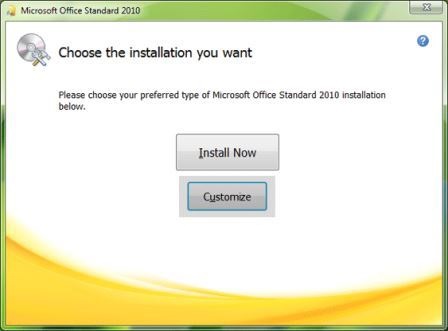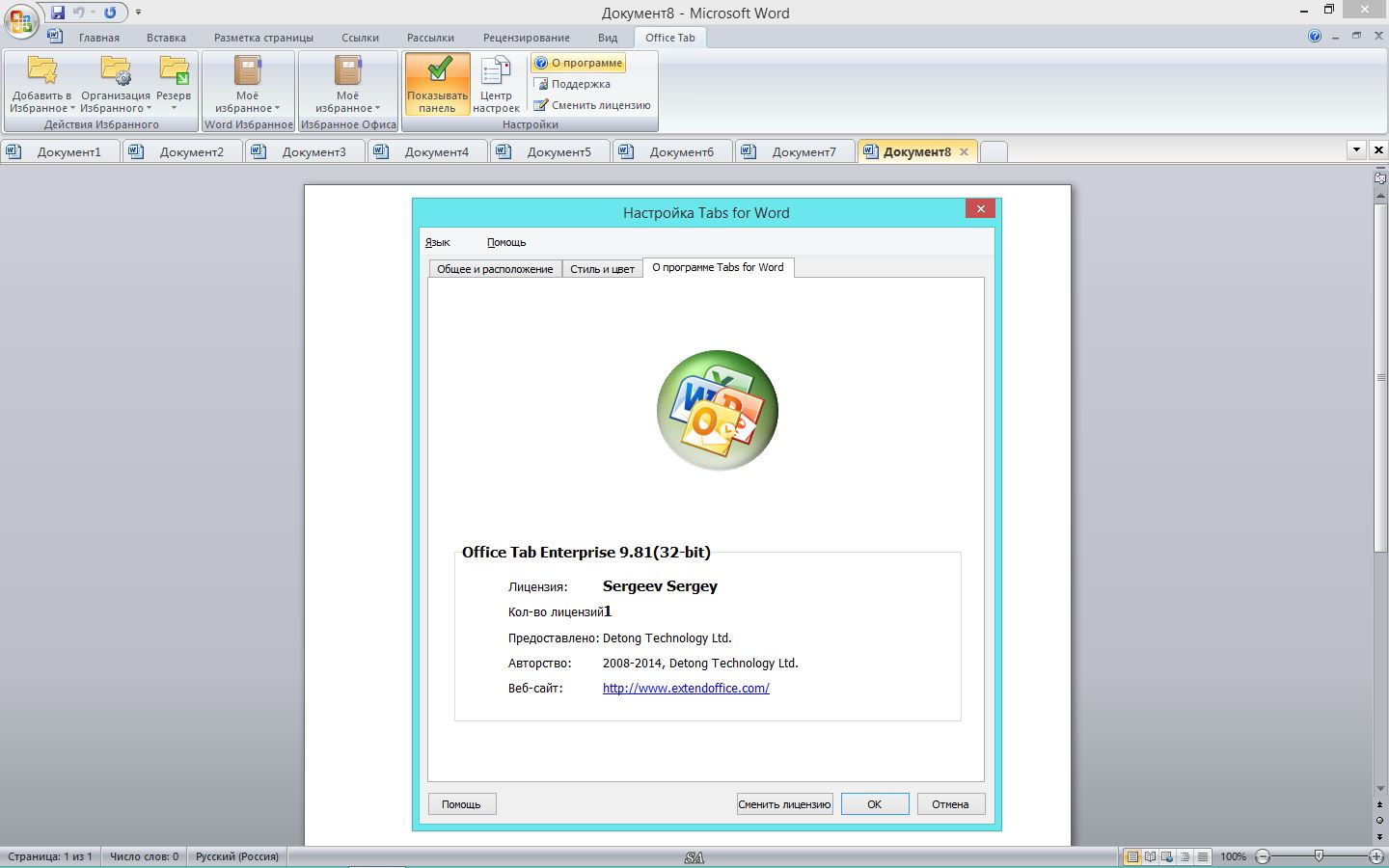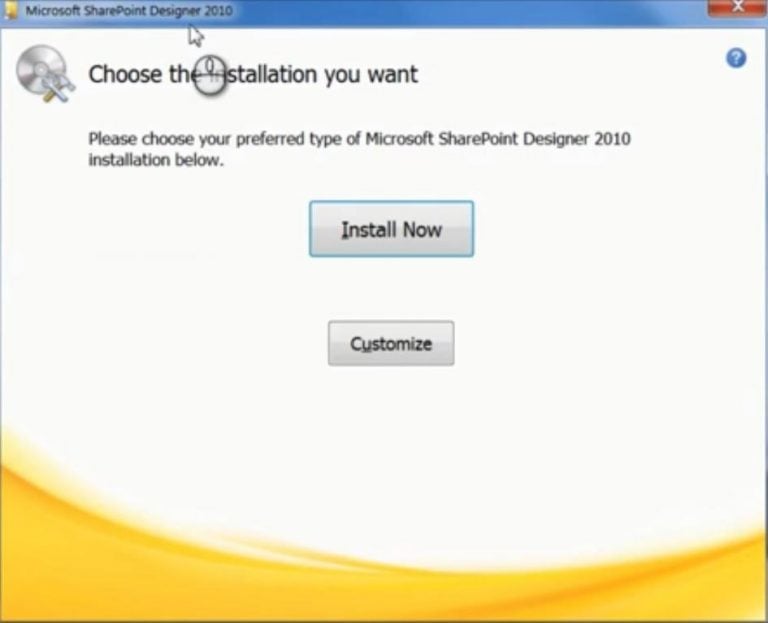
Office applications such as Word, Excel and SharePoint designer does not work well with Form Authentication but you can make it by setting the authentication cookie to persistent cookie.
#Microsoft sharepoint designer 2007 product key windows
This cookie by default is marked as httpOnly, which mean no other applications should be able to access this cookie, including windows call such as InternetGetCookie ( ) which gets all cookies stored on your computer for a given site but respects the "HttpOnly" flag. When ASP.NET authenticate user via form, it generates a cookie called ".ASPXAUTH" cookie. What is the relation of HttpOnly cookies with SharePoint? Well, as you know SharePoint 2007 is a ASP.NET 2.0 application, which means its utilizes all underlying features of ASP.NET 2.0 such as authentication and authorization. Fair enough, though not everyone agrees that this really prevents any attack but I think its a good idea. applets) from directly accessing the cookie marked as " HttpOnly". This feature prevents other scripts or applications (e.g. In order to minimize the XSS vulnarabilites, Microsoft had implemented a "HttpOnly" cookie feature in IE 5.0 and above versions. Which the inheriting class should override and set it to the true or false based on how web application is configuredġ) Override the ContentQuery Web Part's XSLT and instead of using copyutils.aspx use the "dispform.aspx"Ģ) Create a cusotm copyutil.aspx page and override the AllowAnonymous property

This class has a property called AllowAnonymousAccess. The "CopyUtil" class inherits from a generic class called " UnsecuredLayoutsPageBase". you will notice that this webpart shows the contents to anonymous user correctly however when you click on any of the list item(hyperlink), It will challenge you to enter windows credentials or you will get "403" forbidden error.Īfter examines I found that Content Query Webpart usages copyutil.aspx page in layouts folder which in turn redirects to appropriate edit form depending on the type of the list. If you have a site enabled with anonymous access and if you drop this web part on a page. The problem with this webpart is that it was not designed for anonymous access, at least not completely. I hope Microsoft fixes this during SP1 time frame by providing a " target" attribute on UrlAction elementĬontent Query WebPart (CQWP) is a great little webpart, which lets you display any content from any level of your site on a webpart page. Well, you can trick IE to think this is not a window.open() command and you are executing a custom script - So just replace the above url with something likeĪnd now IE will only open the link in a new window. Well, the above line works when deployed in SharePoint - The target link in fact does opened in in a new window but while IE opens the link in a new window, it also replaces the current window with message (IE tries to open the javascript as a link in the current window) - This is pretty annoying - You need to click the back button to go back to the previous screen in the current window. So in order to open a link in a new window you can use the good old javascript:window.open(url) If you need to include a custom hyper link - You need to use - The problem with is that there is no attribute to open it in a new window - There is no equivalent of "target" attribute of an Anchor - I guess whoever designed this feature must have thought hmmm.since there are lot of pop-blockers who would want to open a hyper link in a new window - So why bother putting this feature :) Well pop-blocker are good for blocking ad windows but at a time you do want to open a link in a new window for usability purpose.

The element lets you build a custom menu item for various SharePoint UIs and you can easily deploy your menus using Feature framework. If someone know the solution, please send me an email So far can not figure out how this report is suppose to be generated and why this report is available for Visual studio generated workflow and NOT for SharePoint designer

I have a support ticket open with Microsoft with no luck. The assembly responsible for generating these reports are mostly obfuscated. The only way to put something int he history list from SharePoint designer is to have a "Log to History" list action item as shown below at .Report.Generate(Hashtable query) at .(String strReportId) at .(EventArgs e) at .Control.LoadRecursive() at .Page.ProcessRequestMain(Boolean includeStagesBeforeAsyncPoint, Boolean includeStagesAfterAsyncPointĪfter lot of frustrations and trials and errors, I discovered that this report is only get generated if you have some entries in the hidden "Workflow history" list. If you design a workflow from SharePoint designer and try to view the"Activity Duration Report", you are most likely to see the following error


 0 kommentar(er)
0 kommentar(er)
